For more awesome GCSE and A level resources, visit us at wwwsavemyexamscouk Page 1 The Periodic Table Question Paper Level GCSE Subject Chemistry Exam Board AQA Unit C3 Topic The Periodic Table Difficulty Level Silver Level Booklet Question Paper Time Allowed 178 minutes Score /178 Percentage /100Before the discovery of the subatomic particles, scientists arranged the elements in order of their atomic mass and not their atomic number;1 10 of 3,286 search results for 'periodic table' GCSE Combined Science Trilogy Higher Questions Chemistry Test 1 Atomic structure and the periodic table and Bonding, structure and the properties of matter 21 (1319k) Chemistry Test 1 Atomic structure and the periodic table and Bonding, structure and the properties of matter (Higher)
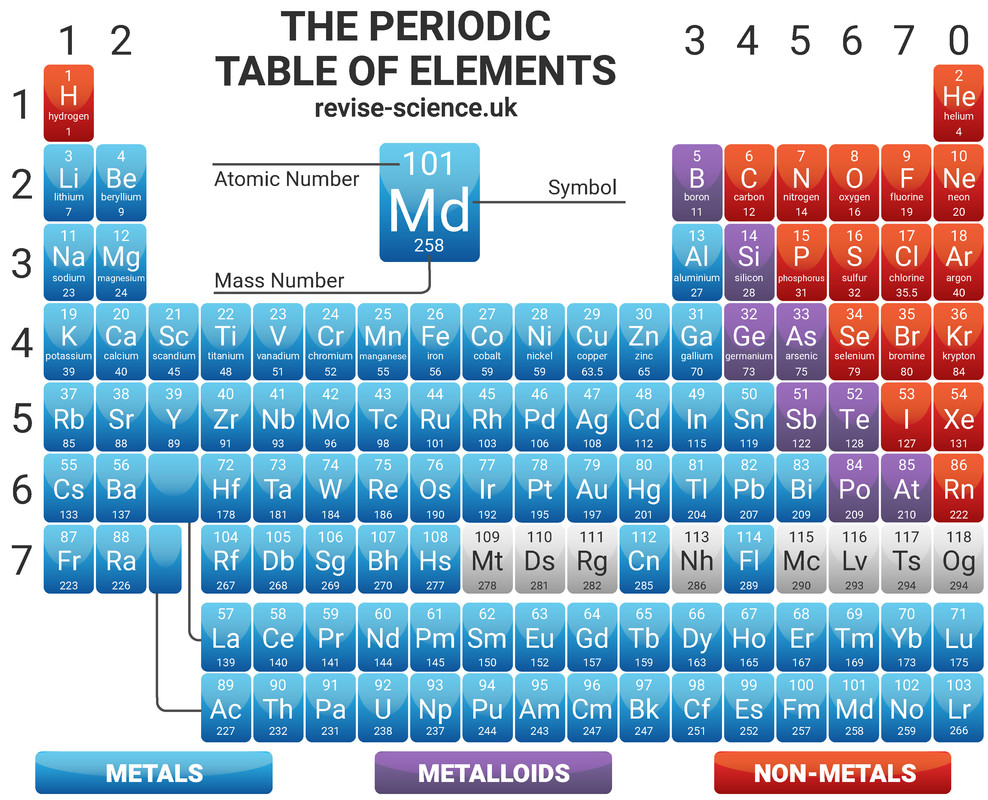
The Periodic Table Aqa C1 Revisechemistry Uk
Periodic table of elements aqa gcse
Periodic table of elements aqa gcse-There are over 100 elements which have been isolated and identified Elements are arranged on the Periodic Table in order of increasing atomic number, where each element has one proton more than the element preceding it The table is arranged in vertical columns called Groups numbered 1 – 8 and in rows called Periods numbered 1 – 7The atomic structure and the periodic table resource is the first lesson in the GCSE Atomic Structure and the Periodic Table unit The lesson pack covers atoms, elements and isotopes The pack includes a PowerPoint, activities, examstyle questions and teaching ideas Everything you need to kickstart this interesting topic!
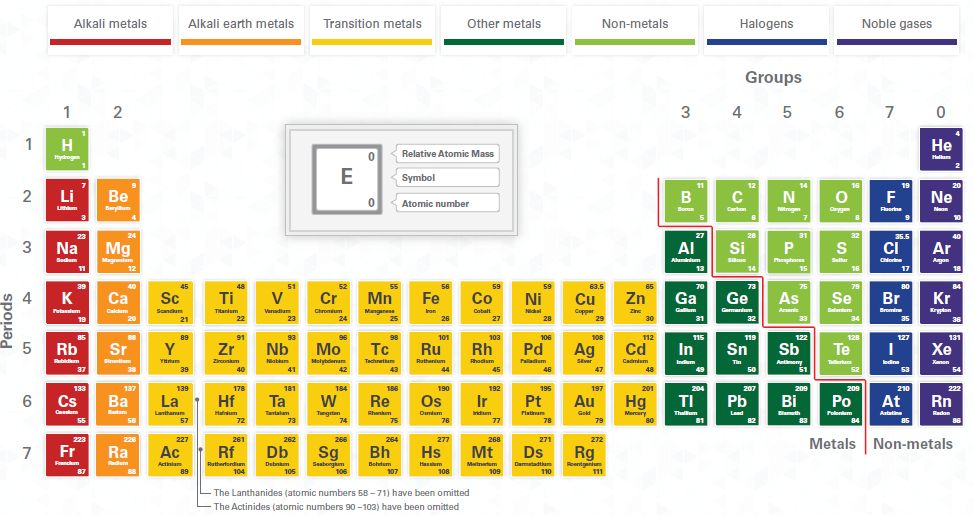



19 The Year Of The Periodic Table Rick Anderson
An atom is the smallest part of an element that can exist Atoms of each element are represented by a chemical symbol, for example O represents an atom of oxygen;Higher) periodic table June 18 (532k) GCSE CHEMISTRY The Periodic Table of Elements Insert Insert for GCSE Chemistry (8462) GCSE Combined Science Trilogy (8464) GCSE Combined Science Synergy (8465) Turn over 1 H 1 The Periodic Table of the Elements Key relative atomic massInsert (Modified 18pt) (Foundation;
The periodic table was developed over about 0 years In 1869, a Russian scientist, Dimitri Mendeleev, arranged the 60 known elements into his periodic table Mendeleev put the elements in order of their increasing atomic weights Then he put elements with similar chemical properties in the same columnsElements of the Periodic Table A notebook containing some interesting facts about the periodic table Perfect gift for scientists and budding scientists!Na represents an atom of sodium;
Chemistry Elements and Compounds (AQA) A basic understanding of the fundamental ideas in chemistry is a necessity for students in GCSE Science This is the last of seven quizzes going over these fundamental ideas and it looks specifically at elements andHistory of Periodic table, Sub Topics include Atoms,
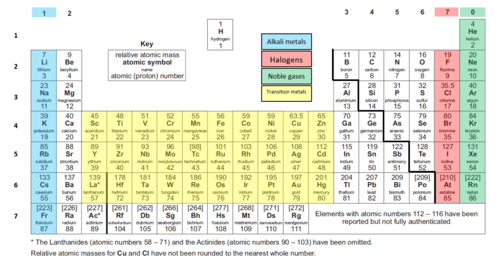



Aqa Periodic Table Clearly Labelled And Colour Coded Version Teaching Resources



Periodic Table Information Cubes
There are about 100 different elements Elements are shown in the Periodic Table Compounds are formed from elements by chemical reactions Chemical reactions always involveThe atomic structure and the periodic table resource is the first lesson in the GCSE Atomic Structure and the Periodic Table unit The lesson pack covers atoms, elements and isotopes The pack includes a PowerPoint, activities, examstyle questions and teaching ideas Everything you need to kickstart this interesting topic!FREE Chemistry revision notes on Group 1 The Alkali Metals Designed by the teachers at SAVE MY EXAMS for the AQA GCSE Chemistry syllabus



Pass My Exams Easy Exam Revision Notes For Gsce Chemistry



Static1 Squarespace Com Static 5b7a9231da02bcaaa492cdfc T 5d7b7d1fe1468f750f5c8a Chemistry Revision Booklet 28higher 29 Pdf
Chemistry The Periodic Table (AQA) A basic understanding of the fundamental ideas in chemistry is required of students in GCSE Science This is the second of six quizzes going over these fundamental ideas and it looks specifically at the periodic table The periodic table is a fundamental part of chemistry and we take it and its usefulness for granted, but that hasn'tThe periodic table Mendeleev made an early periodic table In the modern periodic table, elements are in order of atomic number in periods andA compound is a pure substance made up of two or more elements chemically combined and which cannot be



Pass My Exams Easy Exam Revision Notes For Gsce Chemistry



Gcse Creative Chemistry
The periodic table AQA Mendeleev made an early periodic table In the modern periodic table, elements are in order of atomic number in periods and groups Electronic structures model howThis video relates to the AQA (91) GCSE Chemistry specification which will be examined for the first time in 18 Check out more of our AQA GCSE science vi(2 marks) The development of the periodic table Q5 John Dalton proposed one of the early periodic table suggestions, before the
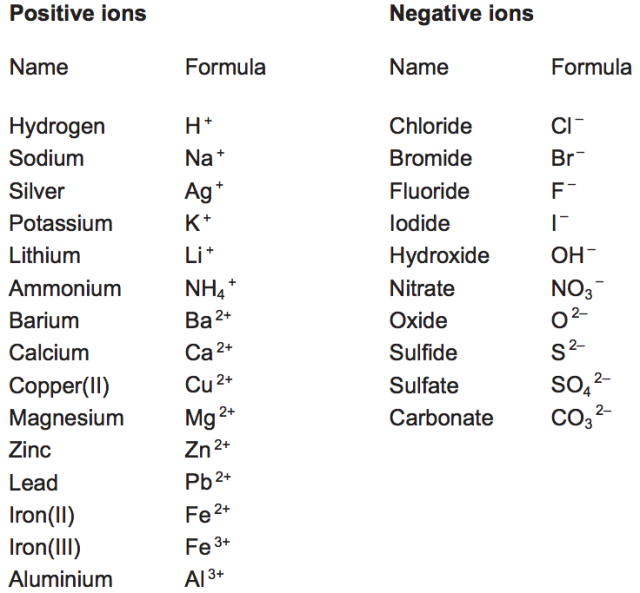



Formulae Of Common Ions Secondary Science 4 All
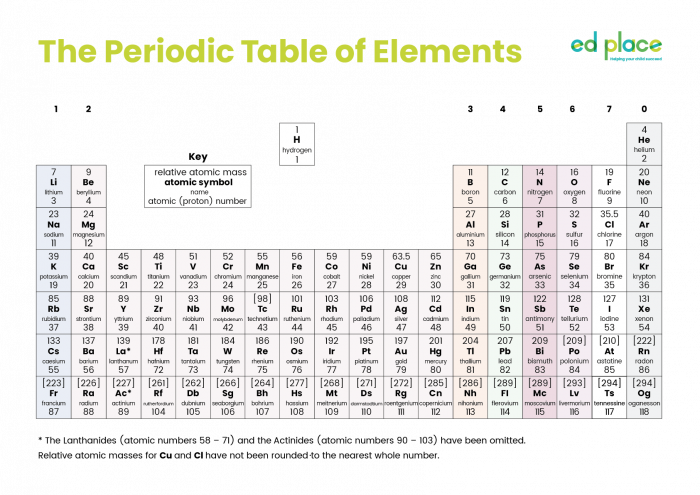



Describe Group 0 Elements Metals And Non Metals Worksheet Edplace
Organisation of the Periodic Table Elements in the Periodic Table are arranged in rows (periods) in order of increasing atomic number, with each successive element containing one extra proton compared to element before themThe table is arranged in columns called groups containing elements which have similar chemical propertiesThe groups are numbered from one to eight,Interview AQA GCSE CHEMISTRY Atomic structure and the periodic table Notes on Specification Topic 1 :32 Inorganic chemistry 321 Periodicity The Periodic Table provides chemists with a structured organisation of the known chemical elements from which they can make sense of their physical The historical development of the Periodic Table and
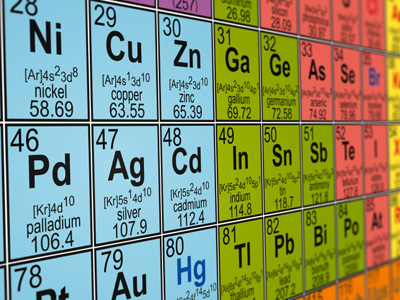



Gcse Periodic Table Revise The Order And Types Of Elements




19 The Year Of The Periodic Table Rick Anderson
1 The elements in the modern Periodic Table are arranged in order of A Relative Atomic Mass;Home AQA GCSE Chemistry Revision Notes 1 Atomic Structure & the Periodic Table 13 Properties of Transition Metals 131 Typical Properties of Transition Metals 131 Typical Properties of Transition Metals(1 mark) Q4 How and why are elements placed in groups?
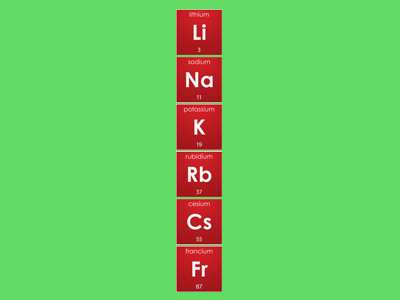



Gcse Periodic Table Revise The Elements In Group One
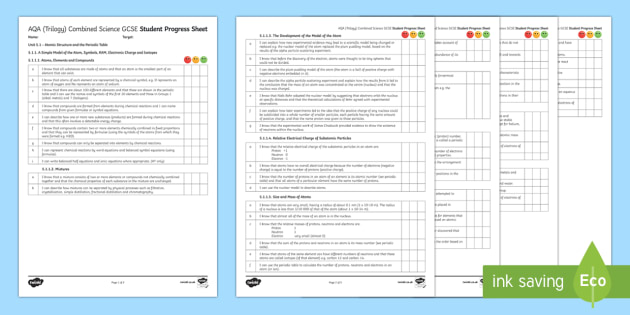



Aqa Chemistry Unit 1 Atomic Structure And The Periodic Table Student Progress
Group 7 (AQA GCSE Chemistry 91) A short Powerpoint and corresponding notes worksheet on the properties and displacement reactions of group 7 elements (halogens) A results table for the displacement reactions is included along with an automaticallylooping Powerpoint of diagrams showing the practical method which can be projected whileAQA GCSE Chemistry Spotlight on the Periodic Table The periodic table is one of the most important topics at chemistry GCSE, and covers five subtopics History of the periodic table, particularly how Dmitri Mendeleev originally arranged the known elementsElements with atomic numbers 112 – 116 have been reported but not fully authenticated lead N 14 7 nitrogen P 31 15 phosphorus As 75 33 arsenic Sb 122 51 antimony Bi 9 bismuth O 16 8 oxygen S 32 16 sulfur Se 79 34 selenium Te 128 52 tellurium Po 9 84 polonium F 19 9 fluorine Cl 355 17 chlorine Br 80 35 bromine I 127 53 iodine At 210 85 astatine Ne 10 neon He 4 2




Aqa Topic Atomic Structure And The Periodic Table Ppt Download




Arranging The Elements Aqa Gcse Combined Chemistry Revision Notes
The Periodic Table shows Metals (in brown) and NonMetals (in blue) Transition Metals (in pink) have no group number See How to use the Periodic Table or click on one of the elements above, or visit chemical symbols Printable Periodic TableAtoms, Elements and Compounds The Periodic Table Links GCSE home AQA home Paper 1 Quiz (chemistry content only) Transition Metals Most metals on the Periodic Table are classed as transition metals, and these metals typically are malleable (can be hammered or rolled into shape without shattering)The periodic table Q1 What is the periodic table?
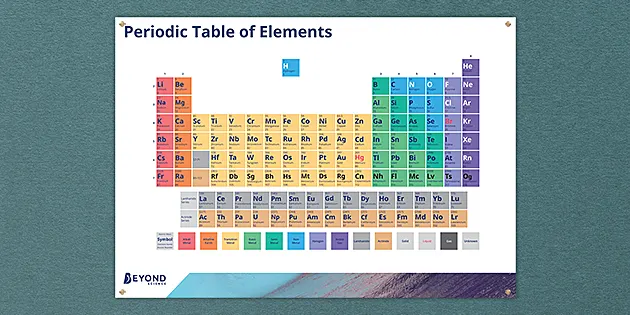



Periodic Table Of Elements Poster Ks3 Chemistry Beyond
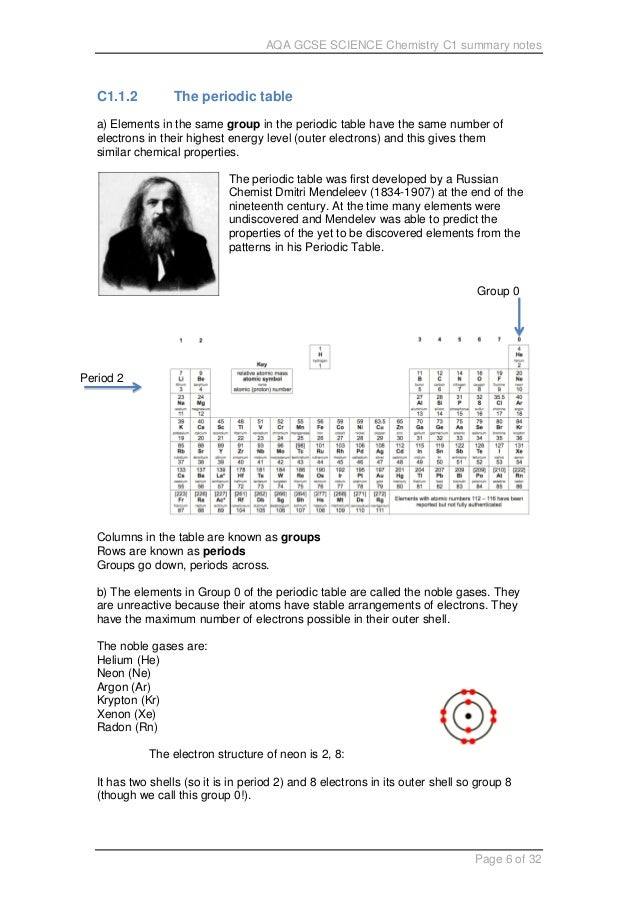



Aqa Gcse Science C1 Notes
From lesson plans to units of work, homework to worksheets, we have everything you need to support your KS4 and GCSE AQA Chemistry students as they work towards their qualifications Make Beyond the essential element in your periodic table of learningLearn about and revise chemical symbols and formulae and word equations with this BBC Bitesize GCSE Combined Science (AQA) study guide first elements in the periodic tableThe names and symbols of the elements are shown in the periodic table Elements are arranged into groups with similar properties Groups are numbered from 1 to 7, then 0 In the periodic table,




History Of Periodic Table Gcse Aqa
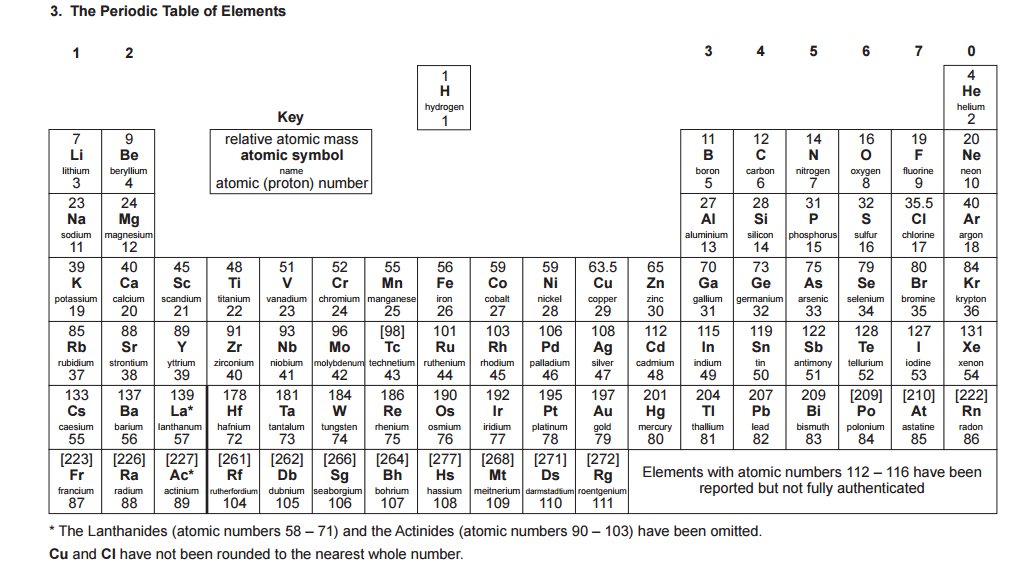



Science Maths Gcse Gcsechemistry Chemistry Datasheet Aqa Reactivity Series Formulae Of Common Ions And Periodic Table
Development of the periodic table;(2 marks) Q2 How is the modern day periodic table arranged?GCSE Chemistry The Periodic Table Answers Includes The periodic table Using your periodic table give î examples of elements other than Argon that didn t fit GCSE Chemistry, AQA, OCR, EDEXCEL The Development of the model of the atom Answers Author




Gcse Chemistry Atoms Elements Compounds Mixtures Aqa 9 1 Youtube




Swanshurst School Transition Pack For A Level Chemistry
NEW 16 GCSE Chemistry The Periodic Table full lesson Lesson Resource Pack, contains Brand new Powerpoint lesson Blank periodic table to colour in Diagram of an element to label A worksheet about subatomic particles A homework sheet from past exam questions relating to periodic table If this resource is popular I will upload moreThe GCSE Chemistry periodic table of elements is something which you have to get to know pretty well for your exam From Mendeleev and the history of the periodic table to the alkali metals and the halogens, the periodic table contains many subtopics within it, each of which is very important for the Edexcel, OCR and AQA GCSE Chemistry examsOn the Periodic Table you will find every element that we know about, which in turn is a list of every atom that we have discovered It is ordered by atomic number, meaning that reading from left to right increases the proton number by one every time The Periodic Table is arranged in such a way that elements with similar properties can be found together in columns called 'groups' for
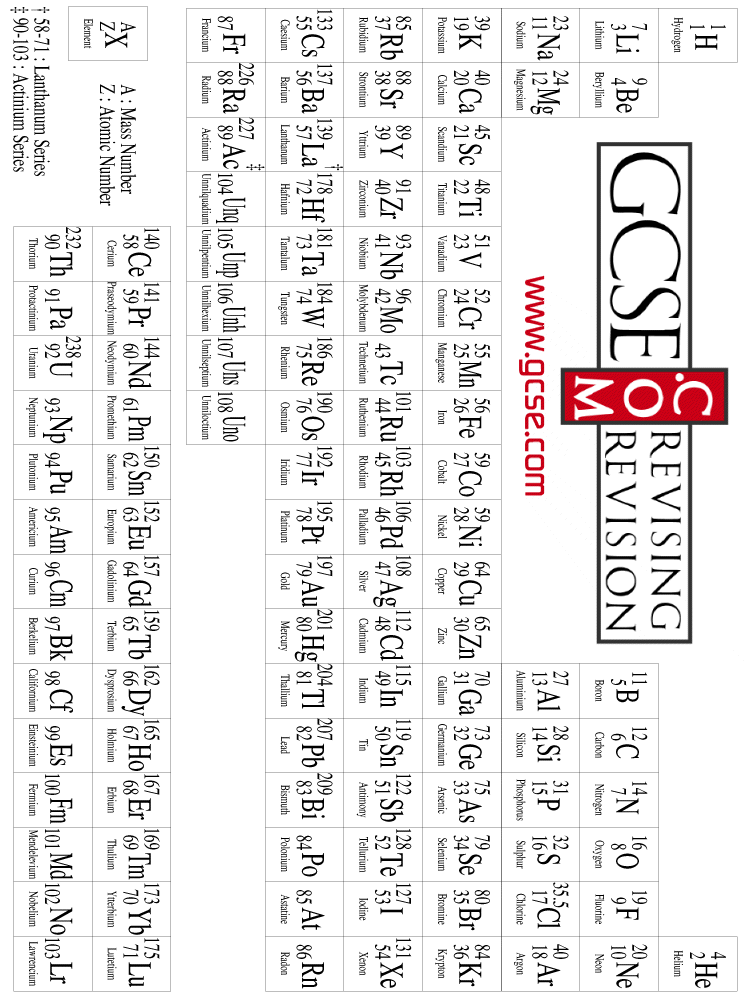



Gcse Com Downloads




Periodic Table Key Stage Wiki
The Periodic Table of Elements Insert GCSE Combined Science Synergy (8465) Turn over A 2 1 2 7 Li 3 9 Be 4 23 Na 11 24 Mg 12 39 K 19 40 Ca 45 Sc 21 48 Ti 22 51 V 23 52 Cr 24 55 Mn 25 56 Fe 26 59 Co 27 85 Rb 37 Sr 38 Y 39 91 Zr 40 93 (Foundation;AQA GCSE Atomic structure and periodic table part 1 oms, d ds Atom The smallest part of an element that can exist Have a radius of around 01 nanometres and have no charge (0) Element Contains only one type of atom Around 100 different elements each one is represented by a symbol eg O, Na, Br Compound Two or more elements chemically combinedThis is done so that elements end up in columns with other elements which have similar properties;
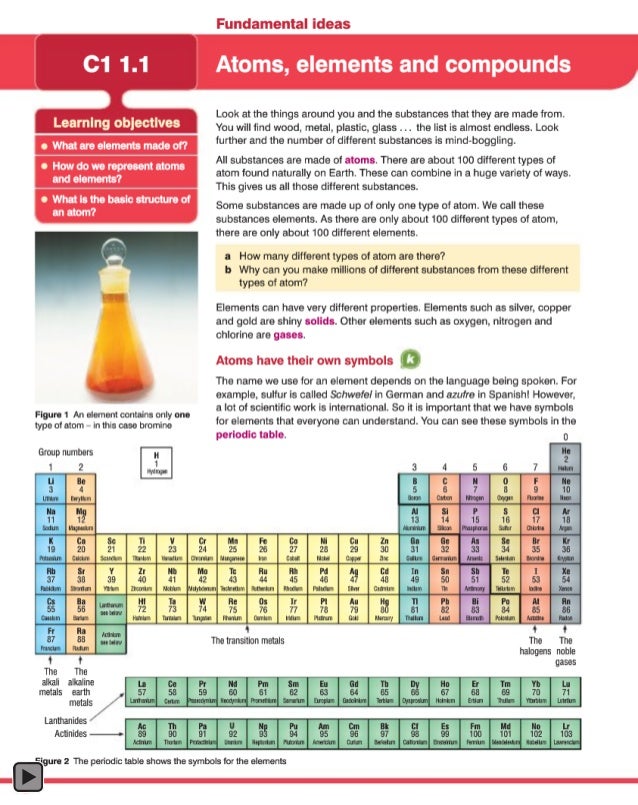



Gcse Periodic Table Aqa
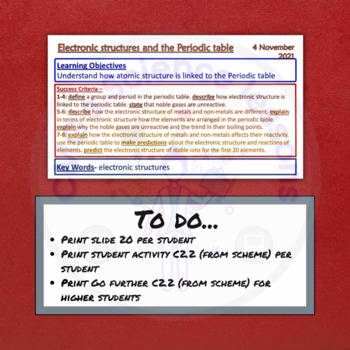



Sc2 2 Electronic Structures And The Periodic Table Aqa 9 1 Gcse Chemistry
This is the tenth lesson in the GCSE Atomic Structure and the Periodic Table unit The lesson pack covers the behaviour of the alkali metals The lesson pack includes a supporting PowerPoint, practical activities, reading comprehension, examstyle questions and teaching ideasThis fun Atomic Structure and the Periodic Table Revision game helps your students revise for an endoftopic assessment, GCSE exam or mock exam This activity covers questions from all the topics from the Atomic Structure and the Periodic Table topic of the AQA GCSE specification Questions test students' understanding of atoms, elements, compounds and mixtures, theElements are arranged on the periodic table in order of increasing atomic number Each element has one proton more than the element preceding it;
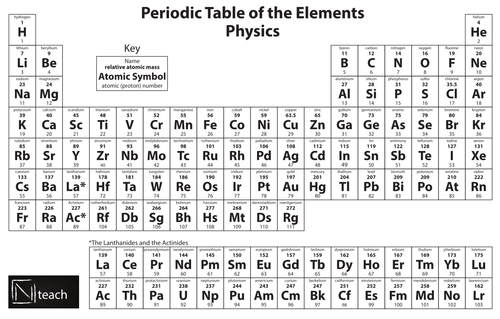



Periodic Table For Physics Radioactivity Atomic Mass Listed At The Top Teaching Resources



Sc2 6 The Transition Elements Aqa 9 1 Gcse Chemistry Tpt
In these reactions atoms combine together in fixed ratios that will give them full outer shells of electrons, often producing compounds; 12 AQA GCSE Chemistry Student Book Chemistry IDEAS YOU HAVE MET BEFORE ATOMIC STRUCTURE AND THE PERIODIC TABLE ATOMS AND THEIR STRUCTURE • Electrons have a negative charge • Atoms have a nucleus with a positive charge • Electrons orbit the nucleus in shells SOME ELEMENTS AND THEIR COMPOUNDS • Helium is unreactive and used in balloonsHome / GCSE Physics / Elements of the Periodic Table A notebook containing some interesting facts about the periodic table




c Gcse Bitesize Groups Gcse Chemistry Periodic Table Chemistry Revision




C1 1 The Periodic Table Secondary Science 4 All
C 22 Electronic structure and the periodic table AQA GCSE Chemistry C2 The Periodic Table Kerboodle Answers Page No 25 1a Periodic means that the elements in the periodic table shows patterns in electronic configuration, physical and chemical properties and repeat itself with increasing atomic numberThe earlier tables were incomplete as some elements were forced into a positionThe table is arranged in vertical columns called groups and in rows called periods



Www Oasisacademylisterpark Org Uploaded Lister Park Curriculum Website Year 11 Page Transition To Post 16 Maryam Transition Material Chemistry Pdf
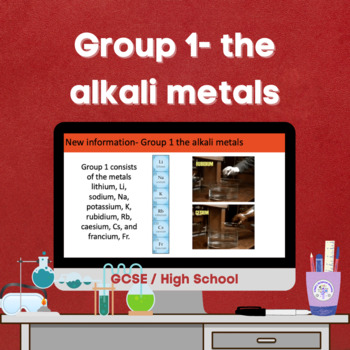



Sc2 3 Group 1 The Alkali Metals Aqa 9 1 Gcse Chemistry Tpt
(1 mark) Q3 Why is it called the periodic table?Elements take part in chemical reactions in which new substances are made in processes that most often involve an energy change;Applied General Science Periodic table (Modified 18pt) Unit 1 Section B Chemistry January 18 (9k) The Periodic Table of Elements Contents Periodic Table of Elements KEY for Periodic Table of Elements 4 BLANK PAGE 5 KEY – Periodic Table of Elements 1 H Hydrogen 31 Ga Gallium 77 Ir Iridium2 He Helium 32 Ge Germanium 78 Pt Platinum3



3




The Periodic Table Aqa C1 Revisechemistry Uk
Higher) periodic table June 18 Author AQA Subject Science;The Periodic Table of Elements 7 Li lithium 3 23 Na sodium 11 39 K potassium 19 85 Rb rubidium 37 133 Cs caesium 55 223 Fr 87 * The Lanthanides (atomic numbers 58 – 71) and the Actinides (atomic numbers 90 – 103) have been omitted Relative atomic masses forGcse Atoms Elements Showing top 8 worksheets in the category Gcse Atoms Elements Some of the worksheets displayed are Gcse grade, Ks3 chemistry elementsatoms, Topic 1 atomic structure and the periodic table, Aqa ocr edexcel gcse science, Aqa gcse 9 1 chemistry, Compounds and mixtures, Gcse chemistry revision notes 21, Aqa ocr edexcel gcse




Aqa Gcse Science C1 Notes




Gcse Periodic Table Introduction Worksheet Questions On Basic Ideas Of Its Structure Igcse Ks4 Science Revision Questions
Explore more than 7,871 'Periodic Table AQA' resources for teachers, parents and pupilsChemistry AQA GCSE Periodic Table Page 1 home You will need a copy of the periodic table!When the elements that were known at that time were sorted by mass into a table, patterns emerged at regular periods along the table, giving rise to the term periodic;



Atomic Structure And The Periodic Table Moore 2 Learn




New 9 1 Aqa Gcse Chemistry Paper 1 The Periodic Table Complete Revision Summary Expert Guidance By Mahima Laroyia
2 The group of elementsAQA GCSE Atomic Structure and the Periodic Table Revision EdPlace's AQA Single Subject GCSE activities, exam style questions and practice papers covers content from GCSE Biology (8461), GCSE Chemistry (8462) and GCSE Physics (8463) specifications EdPlace's GCSE examstyle questions and practice papers help your child hone their examThis page contains the detailed and easy notes for AQA GCSE Chemistry Periodic Table for revision and understanding Periodic Table Banner 1 AQA GCSE Paper 1 Complete Revision Summary The Periodic Table 412 The periodic table The periodic table;




Grade 9 1 Gcse Chem Aqa Rev Gde Online Amazon Com Books




Aqa Gcse Chemistry C2 Periodic Table Worksheets Teaching Resources
There are two copies of the periodic table one in colour




Atoms Elements Compounds Aqa Gcse Chemistry Revision Notes
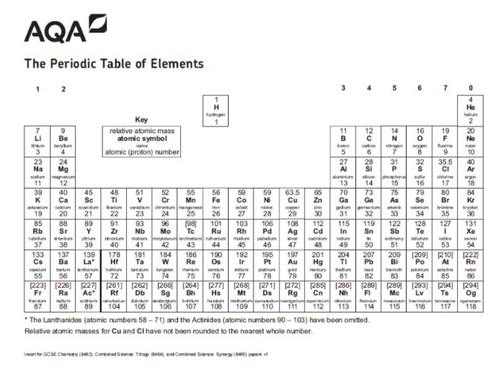



Aqa Gcse Chemistry Trilogy Paper 1 Revision Calculations Teaching Resources




Aqa Core Science Flash Card Lessons Teaching Resources Teaching Chemistry Flashcards Teaching




Aqa Gcse Chemistry For Combined Science Student Book Sample Chapter By Collins Issuu




Aqa Gcse 9 1 Chemistry Quiz On Topic 1 Atomic Structure And The Periodic Table



Www Ocr Org Uk Images Periodic Table Of The Elements Poster Pdf



Periodic Table Revision Cards Gcse Aqa Trilogy Teachit Science
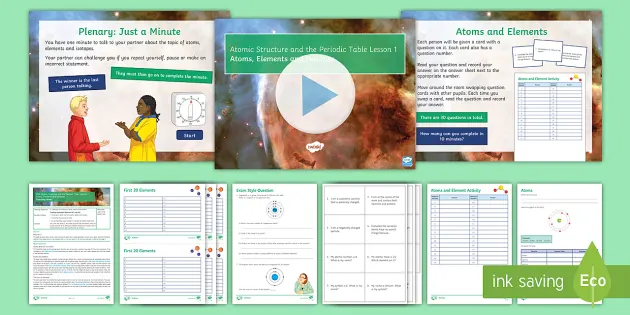



Free Atomic Structure And The Periodic Table Lesson 1 Beyond




Aqa Topic Atomic Structure And The Periodic Table Ppt Download
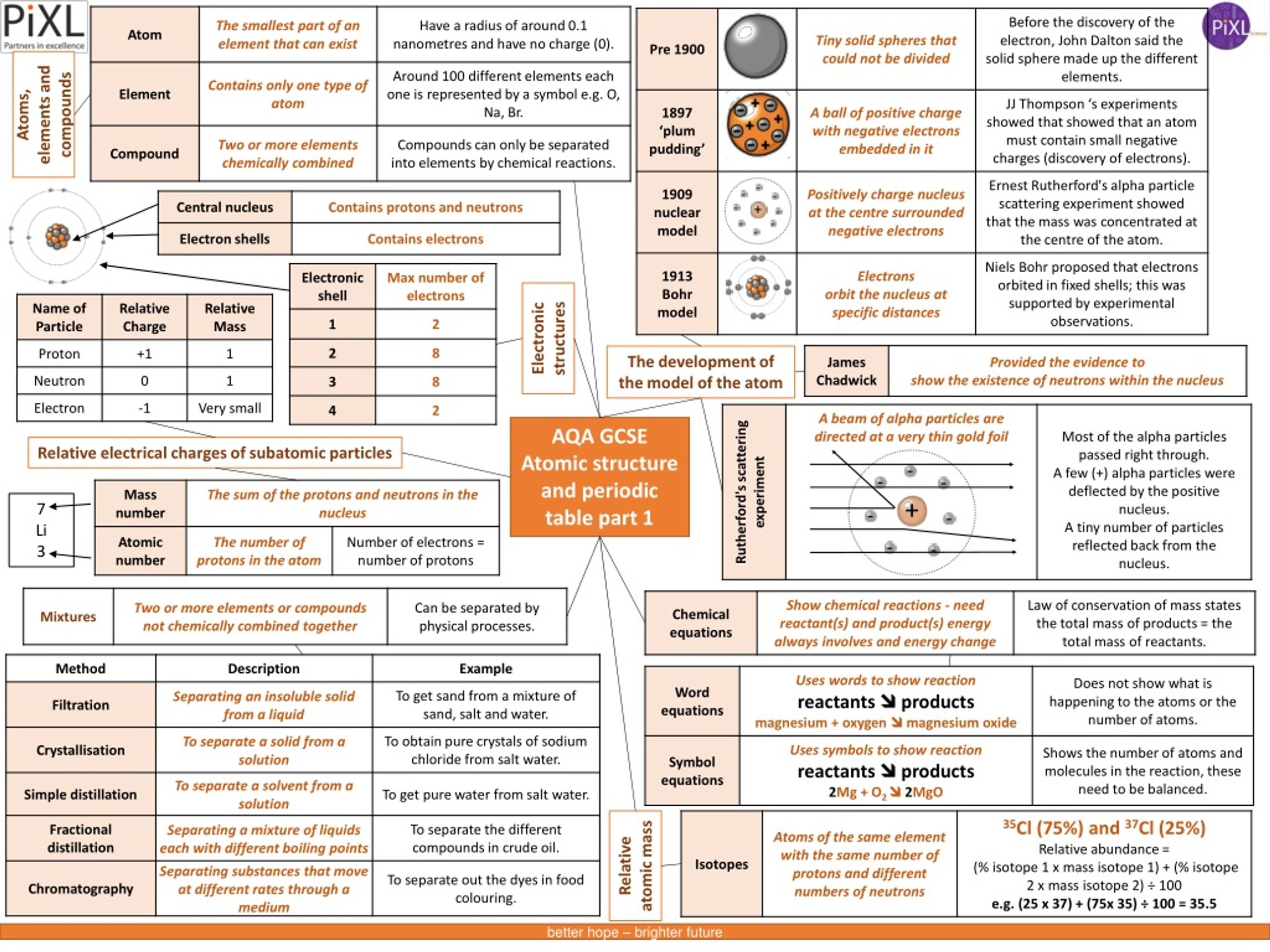



Ppt Aqa Gcse Atomic Structure And Periodic Table Part 1 Powerpoint Presentation Id 3071
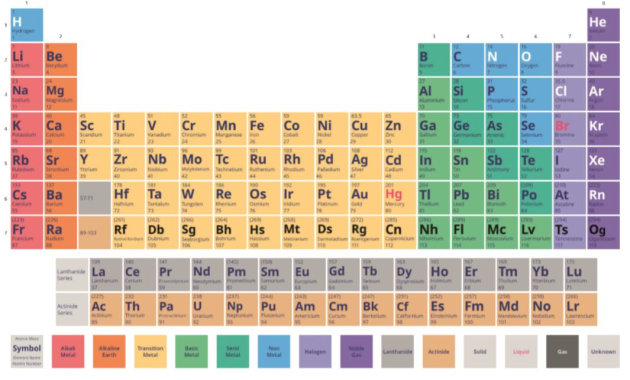



What Is The Periodic Table Answered Twinkl Teaching Wiki




19 The Year Of The Periodic Table Rick Anderson




New 9 1 Aqa Gcse C2 Chemistry The Periodic Table Kerboodle Answers Expert Guidance By Mahima Laroyia



1




Gcse Practice Exam Question Worksheet On The Historical Development Of The Periodic Table Igcse Ks4 Science Revision Questions




Gcse Chemistry 9 1 Revision Worksheets Past Papers Examqa
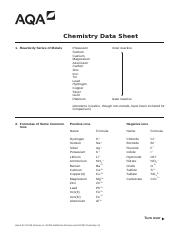



Aqa Chemistry Data Sheet Chemistry Data Sheet 1 Reactivity Series Of Metals Potassium Sodium Calcium Magnesium Aluminium Carbon Zinc Iron Tin Lead Course Hero



Periodic Table Creative Chemistry
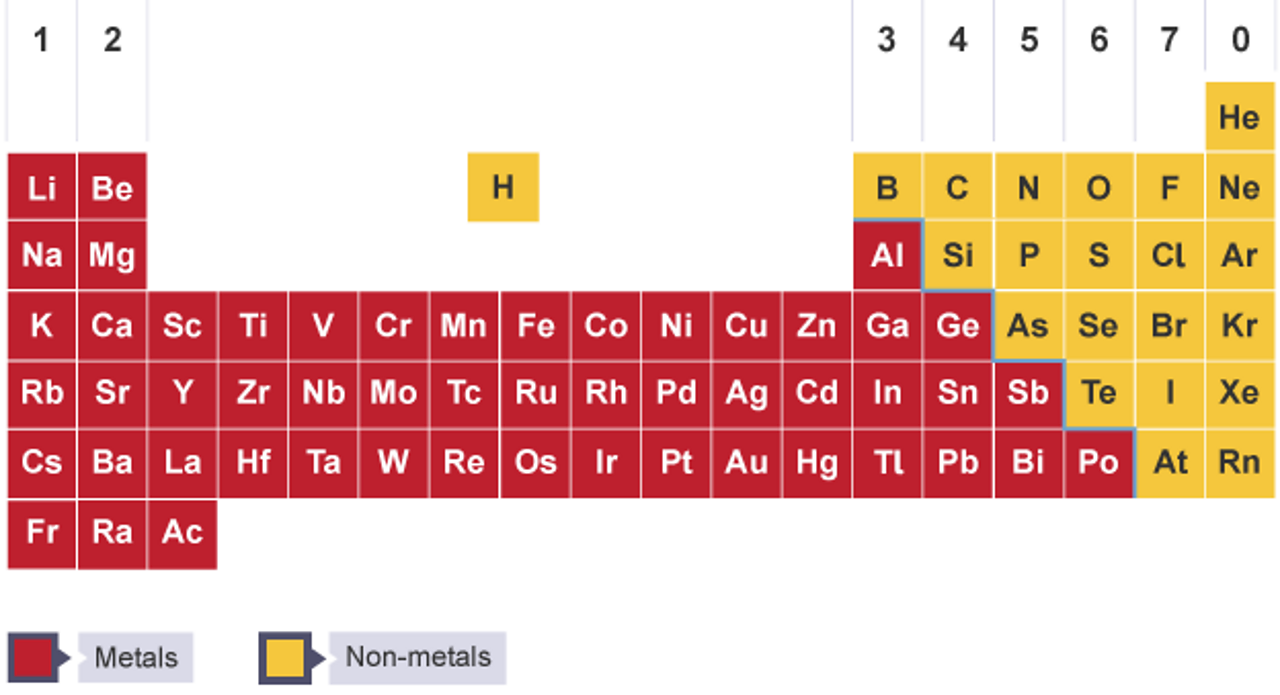



The Periodic Table The Periodic Table Ks3 Chemistry Revision c Bitesize



C1 Atomic Structure And The Periodic Table Introduction And Revision Resource Aqa Gcse Chemistry




Cool Website As Usual From c Lots Of Reinforcement For Middle School Chemistry Physics Math And Middle School Chemistry Gcse Chemistry Math Study Guide




Periodic Table Groups Periods Trends Patterns Comparison Properties Of Metals Non Metals Allotropes Summary Overview Gcse Chemistry Revison Notes Igcse O Level Ks4 Science




C1 1 Atomic Structure And Periodic Table Archives Wahibo Education




Aqa Gcse Chemistry 11 Doc 244 Kb




Gcse Chemistry The Periodic Table Aqa 9 1 Youtube




Aqa Gcse Chemistry Workbook H Gardom Hulme Philippa Amazon Com Books




Revise Gcse Chemistry Revision Podcast Podtail



Chemistry Aqa Further Gcse Revision Cards In Gcse Chemistry
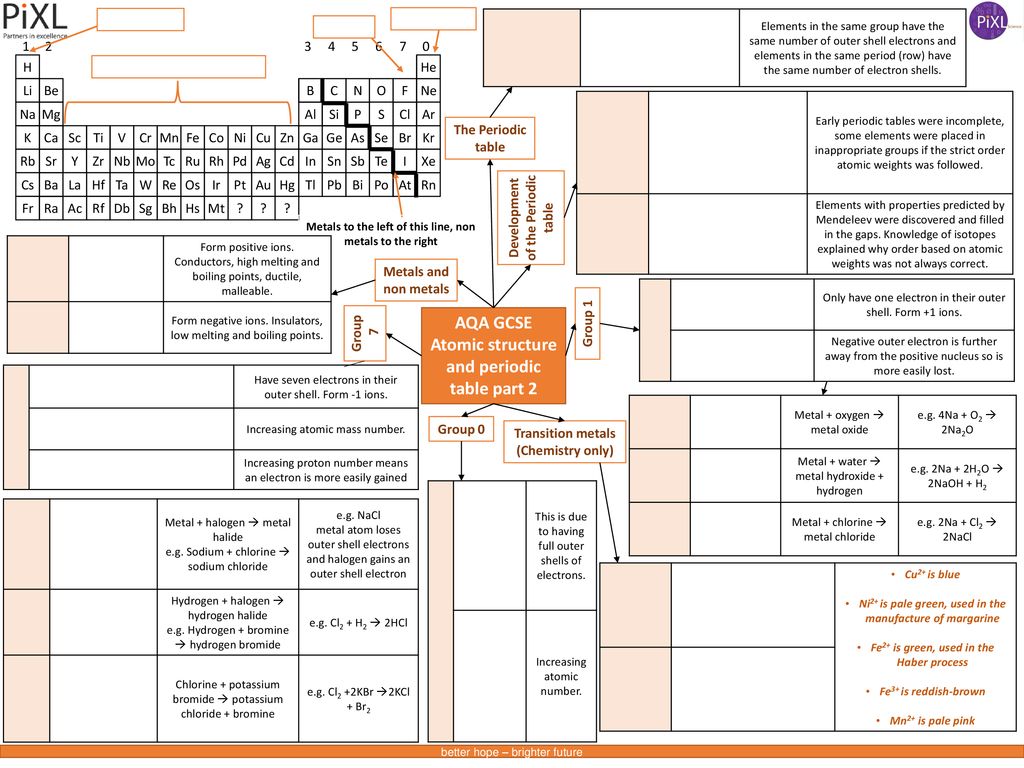



Aqa Gcse Atomic Structure And Periodic Table Part 2 Ppt Download



Filestore Aqa Org Uk Resources Science Aqa 8462 8464 8465 Ins Pt Pdf
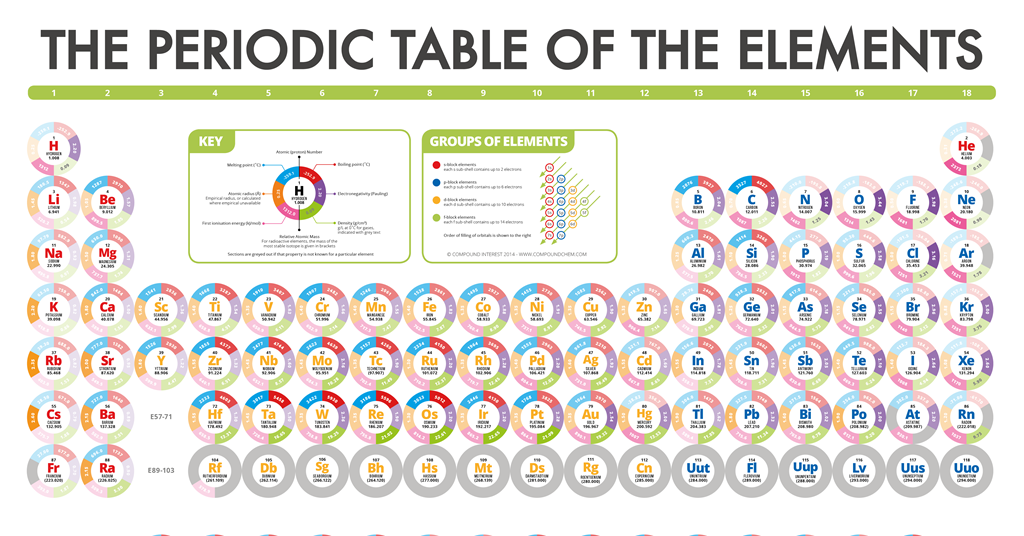



Elements Infographics Resource Rsc Education
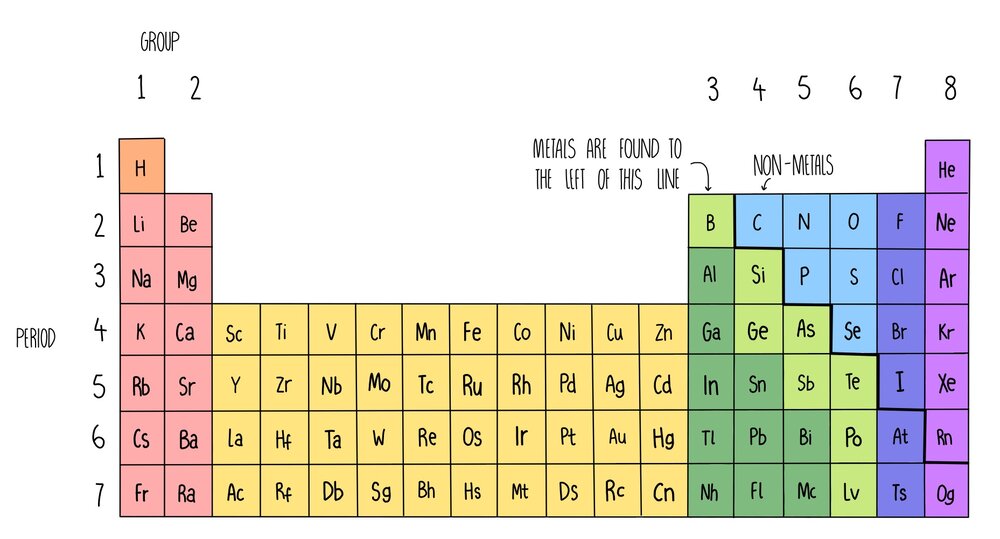



The Periodic Table Aqa The Science Hive




C1 1 Fundamental Ideas In Chemistry The Periodic Table Cgp Books Gcse Science Chemistry Lessons Chemistry Education




Edexcel Gcse Chemistry Topic 1 The Periodic Table Diagram Quizlet




Group 1 Aqa Gcse Chemistry Revision Notes




Aqa Gcse Chemistry Topic 2 The Periodic Table Flashcards Quizlet




Large A0 Periodic Table Poster Wall Chart Suitable For Gcse A Level 19 Ebay



Mygcse Redwiredesignlim Netdna Ssl Com Content Uploads 18 09 Aqa Chemistry Triple Sep 18 Pdf
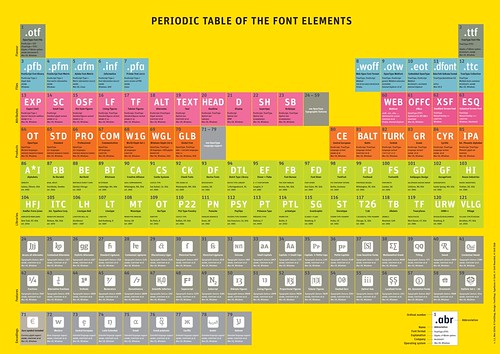



Gcse Chemistry Aqa Flashcards Quizlet




Color Periodic Table With Shells Gcse Periodic Table With Mass And Atomic Numbers Png Image Transparent Png Free Download On Seekpng
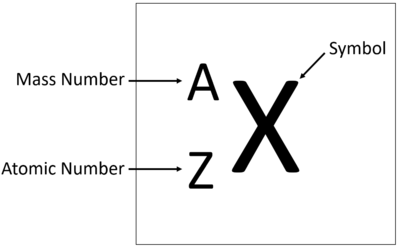



Element Key Stage Wiki




Aqa Science Chemistry Periodic Table Poster 1 2m Wide And 0 85m Tall Teaching Resources
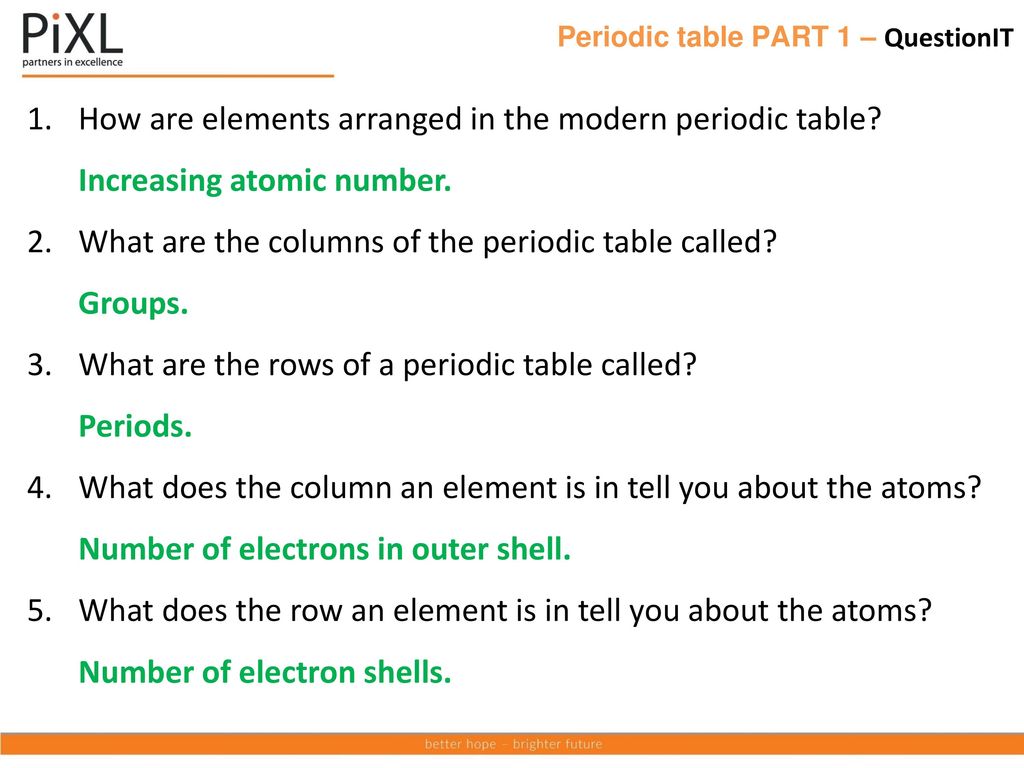



Aqa Topic Atomic Structure And The Periodic Table Ppt Download



1




All Of The Periodic Table Gcse Notes
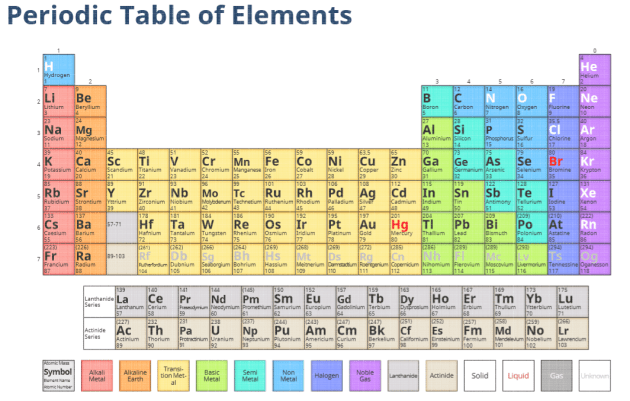



What Is An Element Answered Twinkl Teaching Wiki
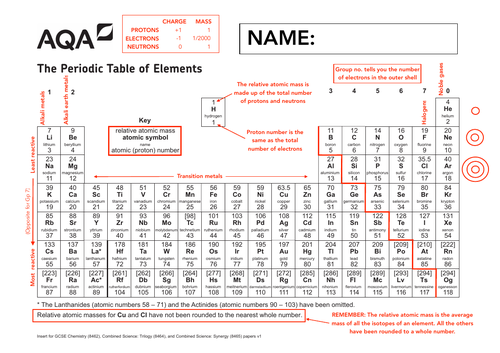



Annotated Periodic Table Aqa Chemistry Teaching Resources
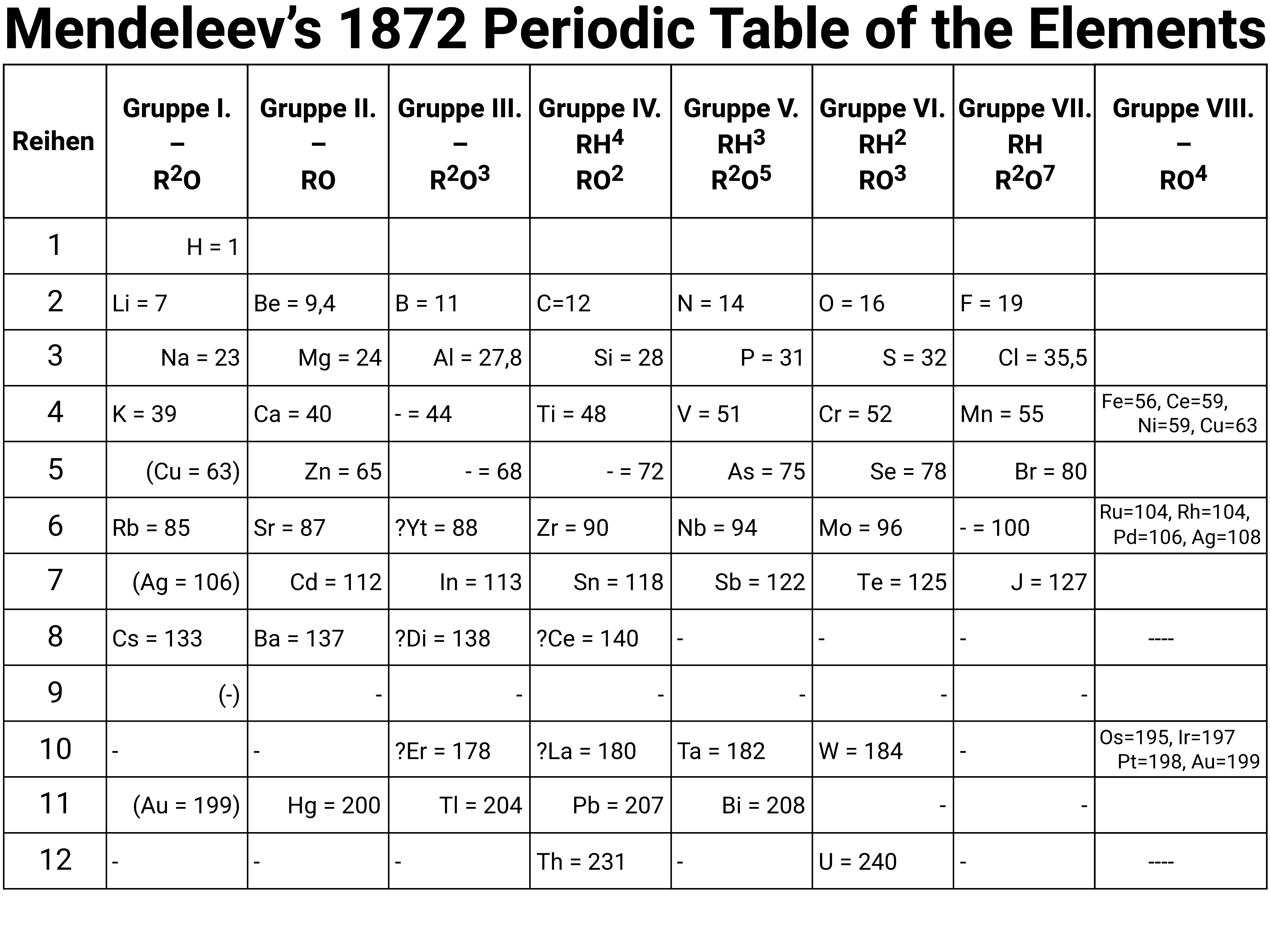



The Periodic Table Aqa C1 Revisechemistry Uk




Aqa 9 1 Gcse Chemistry Unit 1 Complete Teaching Bundle Teaching Resources
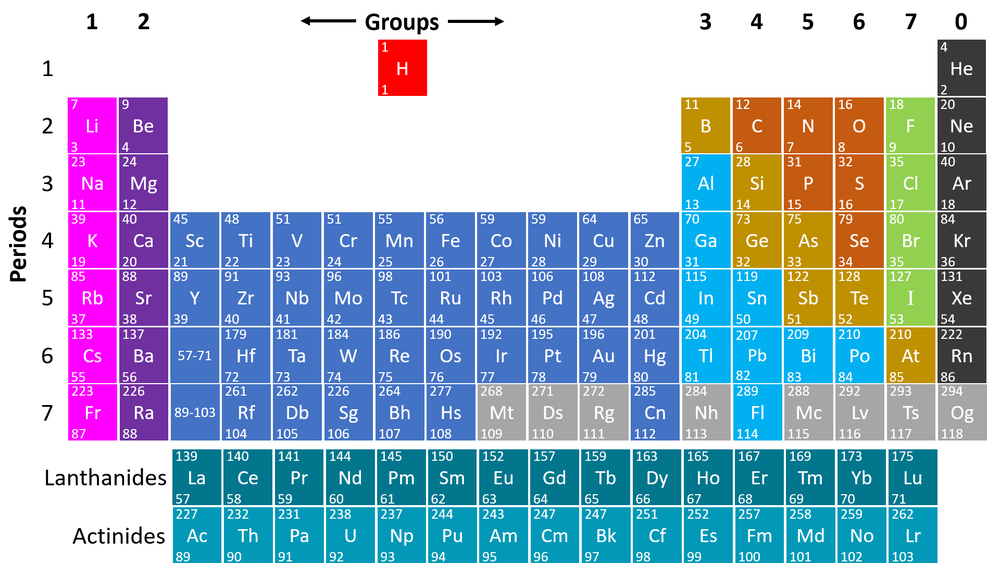



Periodic Table Key Stage Wiki



2
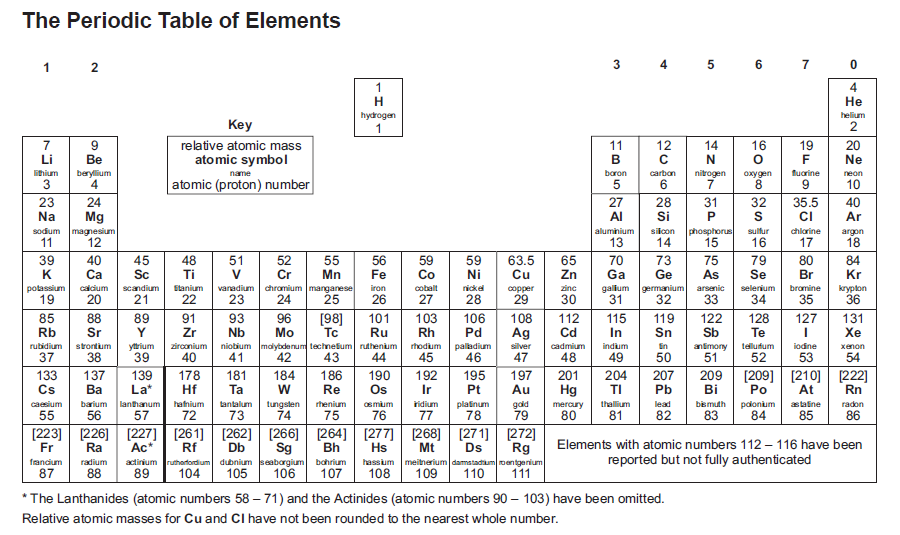



19 The Year Of The Periodic Table Rick Anderson




Aqa Gcse Introduction To Atoms Elements Compounds And The Periodic Table 1 3 Youtube
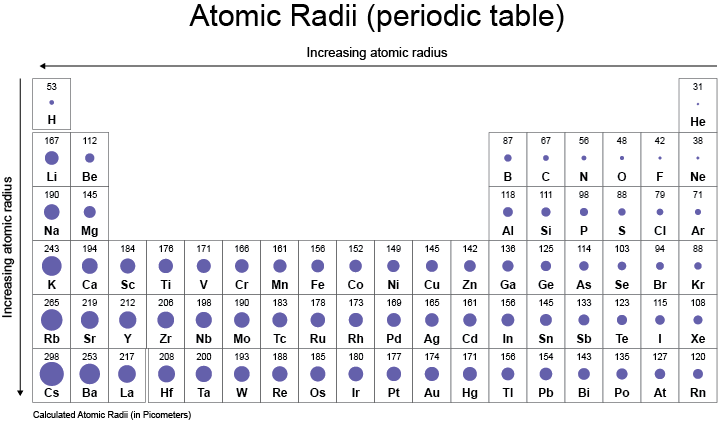



History Of The Periodic Table Gcse Chemistry Combined Science Aqa Revision Study Rocket




History Of The Periodic Table Aqa Gcse Chemistry Revision Notes



Filestore Aqa Org Uk Resources Science Aqa 8462 8464 8465 Ins Pt Pdf



Http Www Cowley St Helens Sch Uk Wp Content Uploads 16 03 Atomicstructureandtheperiodictableanswers Pdf
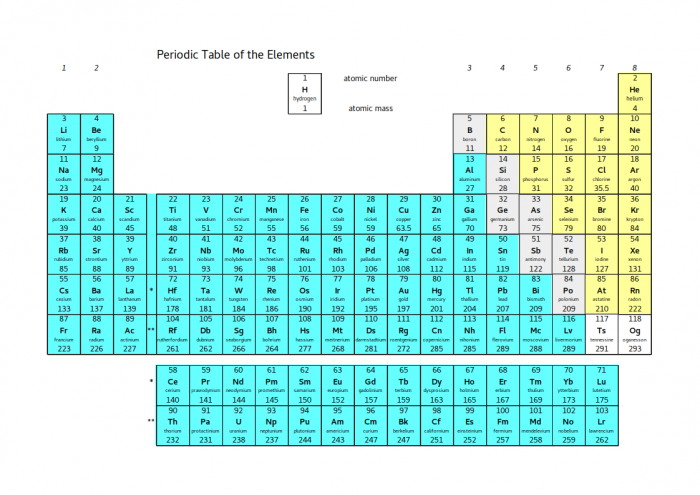



Understand The Properties Of Group 0 Elements Worksheet Edplace




Gcse Chemistry Revision Checklist For Separates And Trilogy By Ullswater Community College Issuu



Aqa Knowledge Power Point Unit 1 Chemistry 1




Printable Periodic Tables Pdf In 21 Periodic Table How To Memorize Things Problem Solving Worksheet



3




Aqa Gcse Chemistry Teacher Pack By Collins Issuu




The Periodic Table Aqa Gcse Chemistry Complete Revision Summary Youtube




What Is An Atom Like P2 5 1 Aqa Gcse Physics Quiz
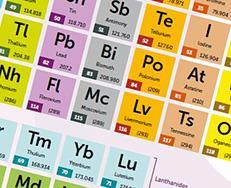



Updated Periodic Table Printable Resource Rsc Education


